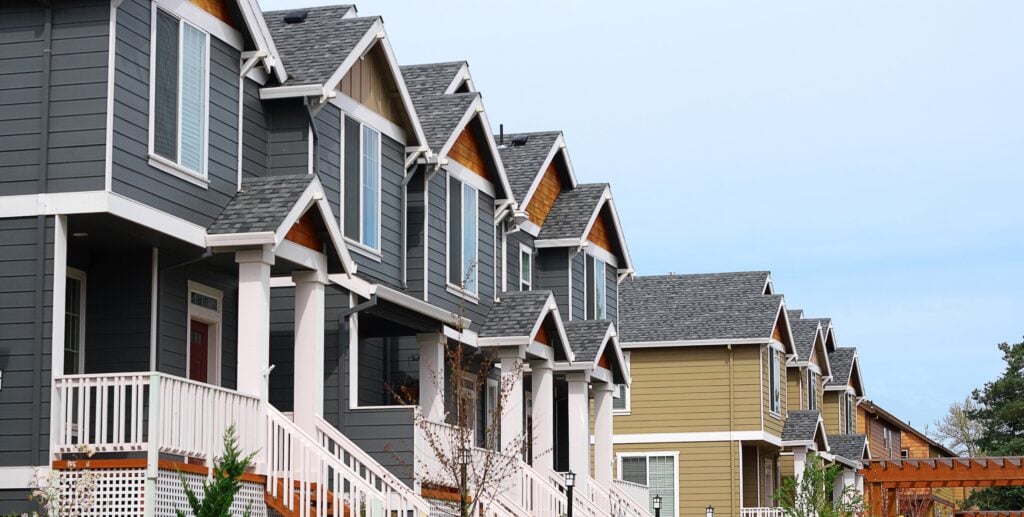The Maratha community in Maharashtra holds a significant place in the state’s social and political landscape. Yet, it has time and time again demanded a share of the reservation pie. With the announcement of the inclusion of Marathas in the Socially and Educationally Backward Communities (SEBC), the Maharashtra government has, once again, yielded to a demand that has been repeatedly struck down by the courts.

This time the evidence for the backwardness of Marathas comes from the Shukre Commission report. Set up in December 2023, it submitted its report on February 15, 2024. This is faster than the speed of light: The claim is that two crore people were surveyed over 11 days. Chief minister Eknath Shinde thanked the “3.5-4 lakh” people involved in the survey. These numbers seem incredulous. Maharashtra needs to share its secret ingredients of lightning-fast household surveys far and wide with government agencies and academic researchers.
The Shukre Commission report is not public, but there is empirical evidence from other more carefully done surveys, which allows a detailed assessment of where an average Maratha household stands in relation to average households from comparable groups within Maharashtra.
Along with economist Rajesh Ramachandran, I looked at data from the India Human Development Survey (IHDS) to compare Marathas to Brahmins, non-Brahmin forward castes, existing Other Backward Classes (OBC) and Scheduled Castes-Scheduled Tribes (SC-ST) in Maharashtra.
Marathas are more likely to own or cultivate land than all other social groups. They have a lower per capita consumption expenditure than Maharashtra Brahmins, but are at the same level as other forward castes and OBCs, and significantly higher than SC-STs. Data shows that Marathas have similar levels of poverty as Brahmins and other forward castes, but are less poor than OBCs and SC-STs. In terms of infrastructure, Maratha households have better access to electricity and flush toilets compared to SC-STs. Education-wise, the average Maratha has 6.58 years of education, which is lower than Brahmins but on par with other forward castes and OBCs, and higher than SC-STs.
In sum, available data indicates that in most crucial socio-economic indicators, Marathas are second only to Brahmins in the state, and are significantly better off than all other social groups.
The main bone of contention and the primary motivation for the demand for reservations is access to government jobs. The surprising fact is that even without reservations, in 2011-12, Marathas’ access to government jobs was already similar to that of Brahmins, and higher than that for other forward castes and OBCs, and not different from that for SC-STs.
We examined both rounds of the IHDS data to see whether, between 2004-5 and 2011-12, the position of the politically dominant Maratha community deteriorated relative to the other groups. The short answer is no.
In terms of average per capita expenditure, their position improved over the period. The probability of being poor did not increase. We found some evidence of a decline in the probability of owning or cultivating land, which could be the reason for the heightened anxiety resulting in the renewed demand for secure, well-paying government jobs.
The Marathas are a predominantly agricultural community that benefited from the Green and White Revolutions. While their demand for reservations is not new, today it is juxtaposed against farmers’ unrest. Recognising the volatility of farm incomes, in 2016, Prime Minister Narendra Modi announced the government’s intention to double farmers’ incomes by 2022. Mint calculations show that for Maharashtra, the target rate set for a seven-year period was 13.5% per year ( ₹1 lakh in FY16 to ₹2.43 lakh in FY23).
The Doubling Farmers’ Income Committee report in 2018 outlined the growth rates required to achieve this target in the remaining four years. Mint calculations, based on the NSS 2019 estimate, indicate that, for Maharashtra, this would be 15.2% per year ( ₹1.38 lakh in agricultural year 2018-19 to ₹2.43 lakh in FY23).
The initial 13.5% was impossible enough. A growth rate of 15.2% per year seems like a fantasy. Mint calculations for all states reveal that this aim to double farming incomes in seven years was an incredibly ambitious target. It is not surprising that this discussion has gone into cold storage. Other government schemes like PM-KISAN, announced in 2019, provided some succour to landholding farmers but the real value of the ₹6,000 per year given to beneficiaries of the scheme has been eroding.
Overall, there is discontent among powerful farming communities due to the perception that real economic power lies in the hands of the big corporations, and the State, overtly or covertly, acts in their interest. These communities feel their power slipping away or eroding, in addition to feeling ill-prepared to shift towards urban, formal sector livelihood opportunities.
Individuals or communities who feel strongly that the odds of economic success are stacked against them are more likely to feel deprived. Other estimates from IHDS panel data show that “forward castes were about 30% more likely to feel that they were worse off in 2011-12 than in 2004-05”. Thus, perceptions of being worse off are real: Our analysis suggests that these perceptions are exactly that—feelings, not supported by evidence on the ground.
Having said this, economic changes that give rise to widespread anxieties, definitely need to be understood and genuine grievances, including those that might come from dominant castes dealing with agrarian transformations, need to be addressed.
However, is reservation the real answer? Given increasing privatisation, the base, i.e., total jobs that are eligible for reservations, is already shrinking. Our other research shows how existing OBCs and SC-STs are further lagging behind upper castes on a range of material indicators. In this context, extending quotas to relatively richer and more powerful groups would amount to diluting the already small and shrinking entitlement for communities that are truly disadvantaged and discriminated against.
Ashwini Deshpande is professor of economics, Ashoka University.
The views expressed are personal
















